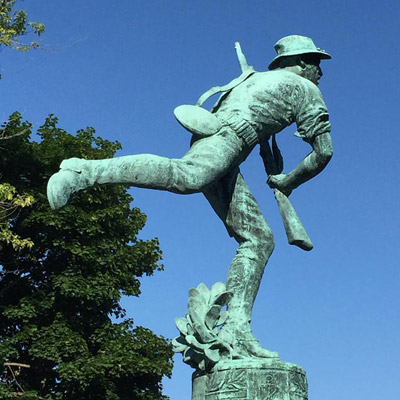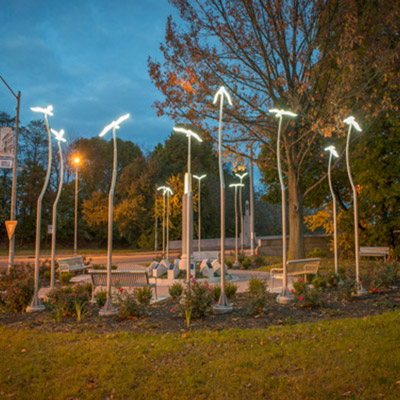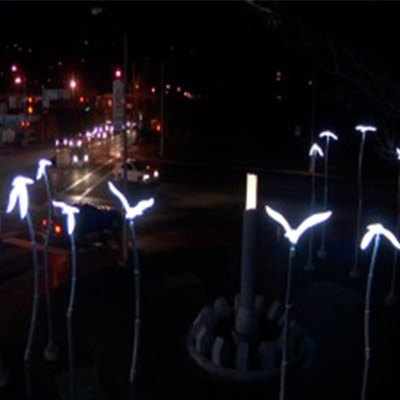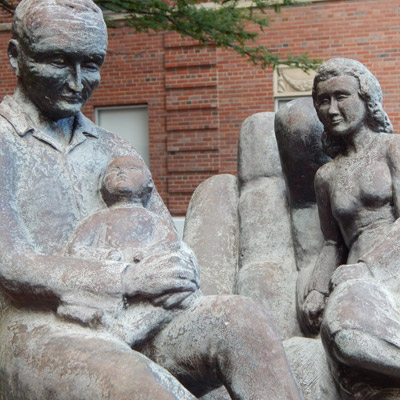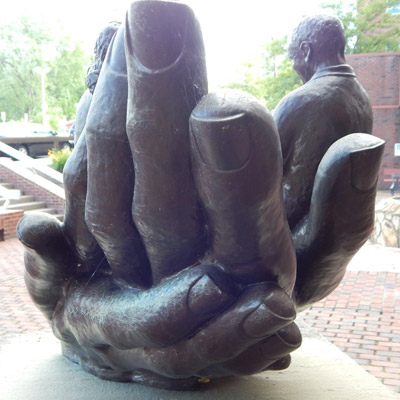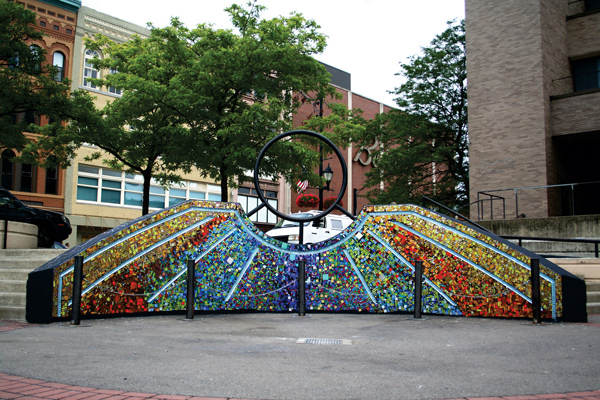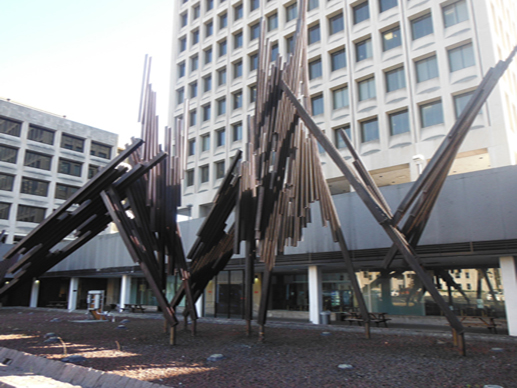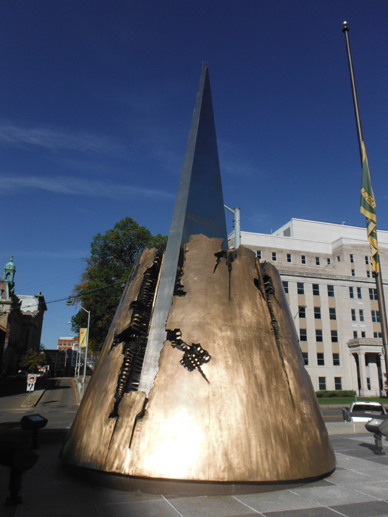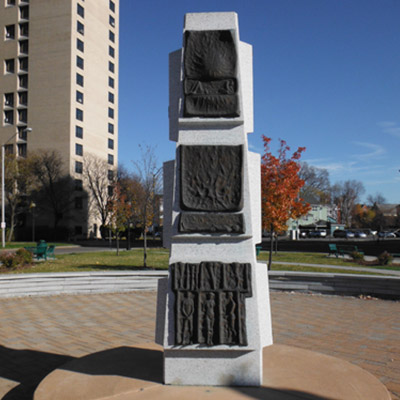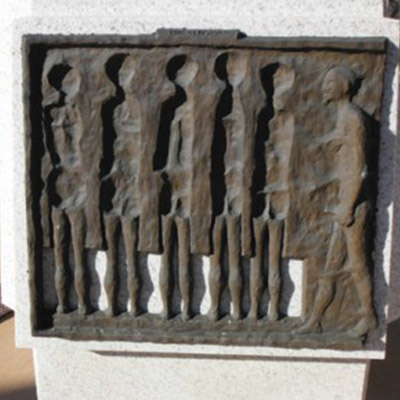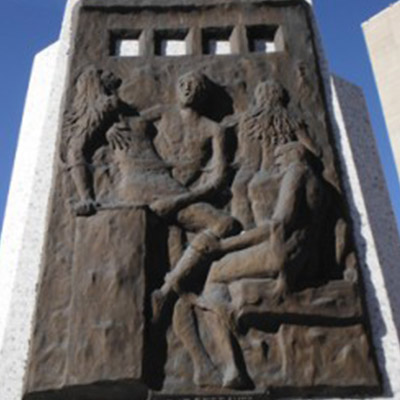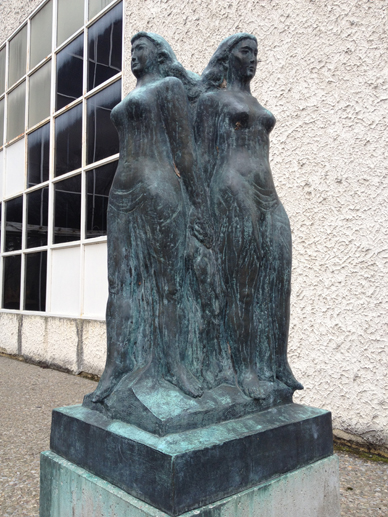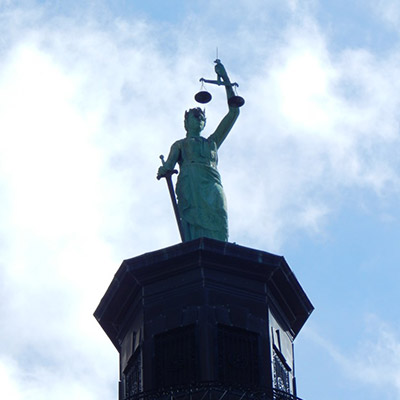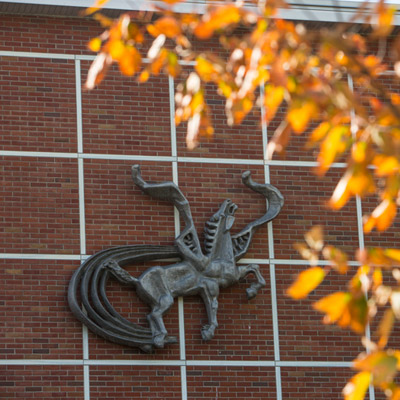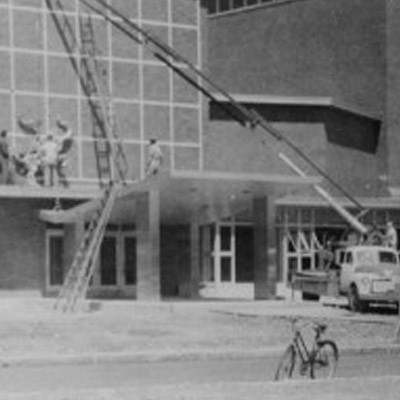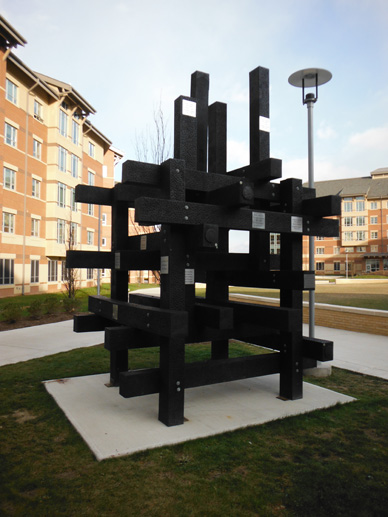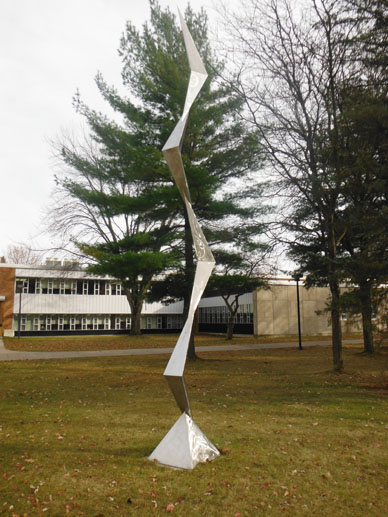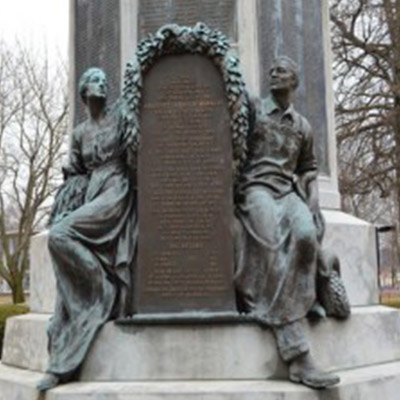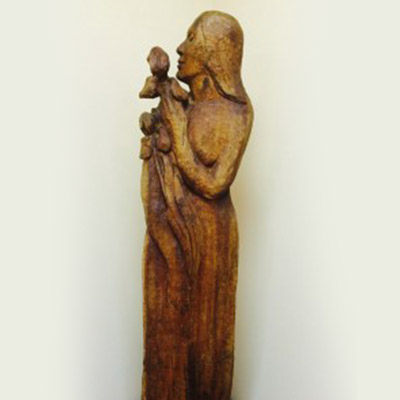Reviewed by Sarah Roche
Last night (April 6), the Russian Classical Ballet Theatre performed two ballets at the Osterhout Concert Theater of Binghamton University’s Anderson Center. The opening work, “Chopiniana,” portrayed a young man’s romantic dream. The curtain rose to a picturesque scene of ballerinas dressed in snow-white dresses against a blue-green background. Yuri Ostrovsky danced the role of Romantic Youth. He partnered with three ballerinas, one of whom performed the numerous lifts with ease, another who was very graceful and executed beautiful leaps, and one who seemed a bit more of a novice. Chopin’s light piano music created an ethereal atmosphere that allowed me to be swept away by the vision of the troupe of ballerinas moving in unison, swaying and bending, then freezing in poses. This ballet highlighted traditional ballet technique and a large amount of the ballerinas’ time is spent en pointe. It was the first time I had seen this ballet performed live, and I thought it was a great opportunity to see such skilled performers.
After a short intermission, which found a number of children in the audience pretending to be ballerinas, the curtain opened on fair Verona. Tchaikovsky’s “Romeo and Juliet” was the polar opposite of the “Chopiniana,” featuring bright colors and costumes and a primarily male cast. Where “Chopiniana” focused on the light, feminine technique of ballet, “Romeo and Juliet” portrays more power, offering amazing leaps and spins by the cast during the swordfight scene. The changing of the stage lights, from the blue, dreamlike state of Romeo and Juliet’s love to the red-hot anger and frustration of the dueling families highlighted the main points of the ballet. The troupe of ballerinas dressed in gossamer white sheaths, representing Romeo’s visions, were simply breathtaking.
At the closing scene, as Romeo and Juliet were lifted to the angels, the majority of the crowd offered a standing ovation. The wonderful thing about ballet, at least to me, is the ability of dancers to impart so much emotion through movement. Trying to understand and follow is a lot like analyzing a dream; I prefer to just ride the moods and emotions. The Ballet Theatre was able to create a unique and fulfilling experience, and I think that offering works that were so different allowed the audience to appreciate fully what each ballet offered.

